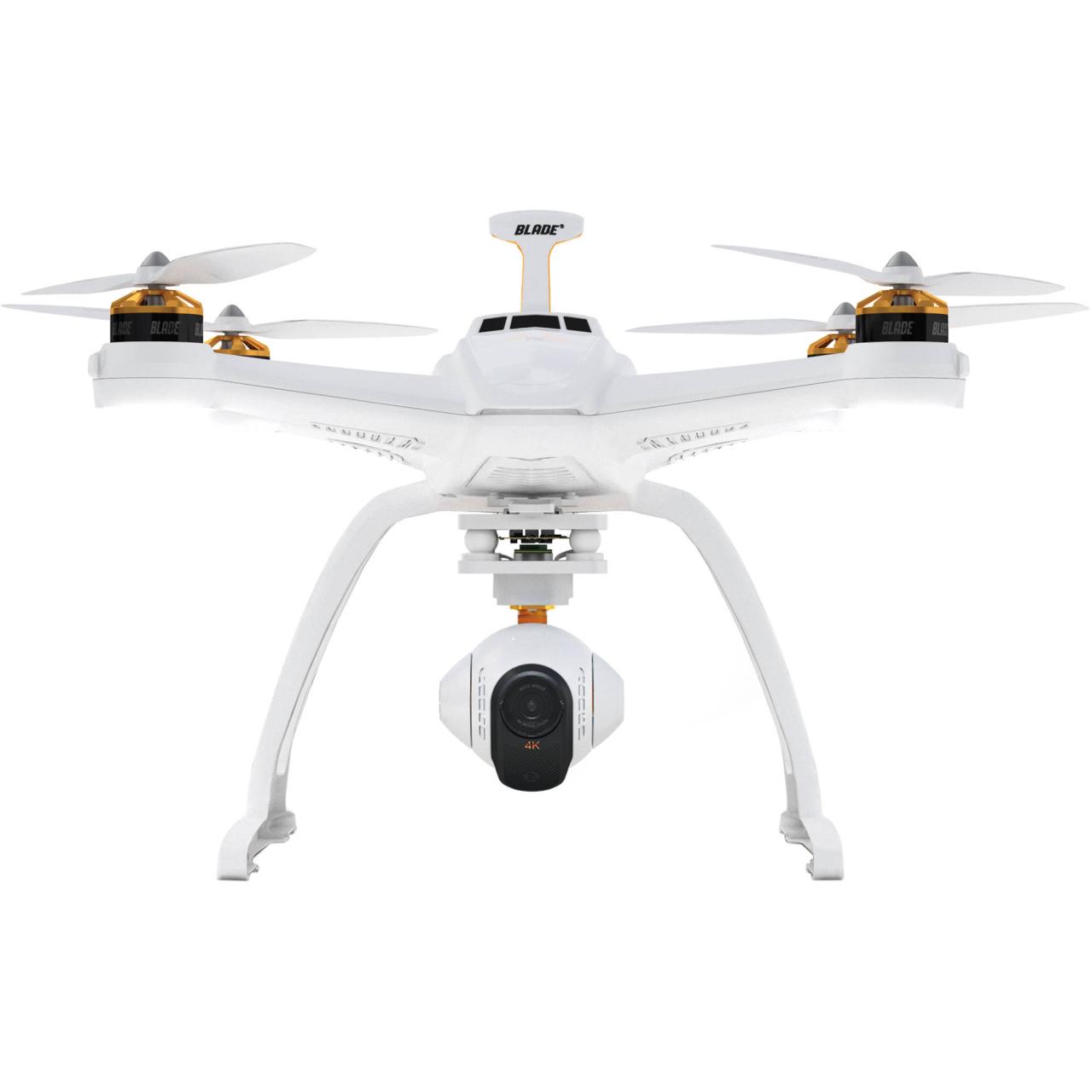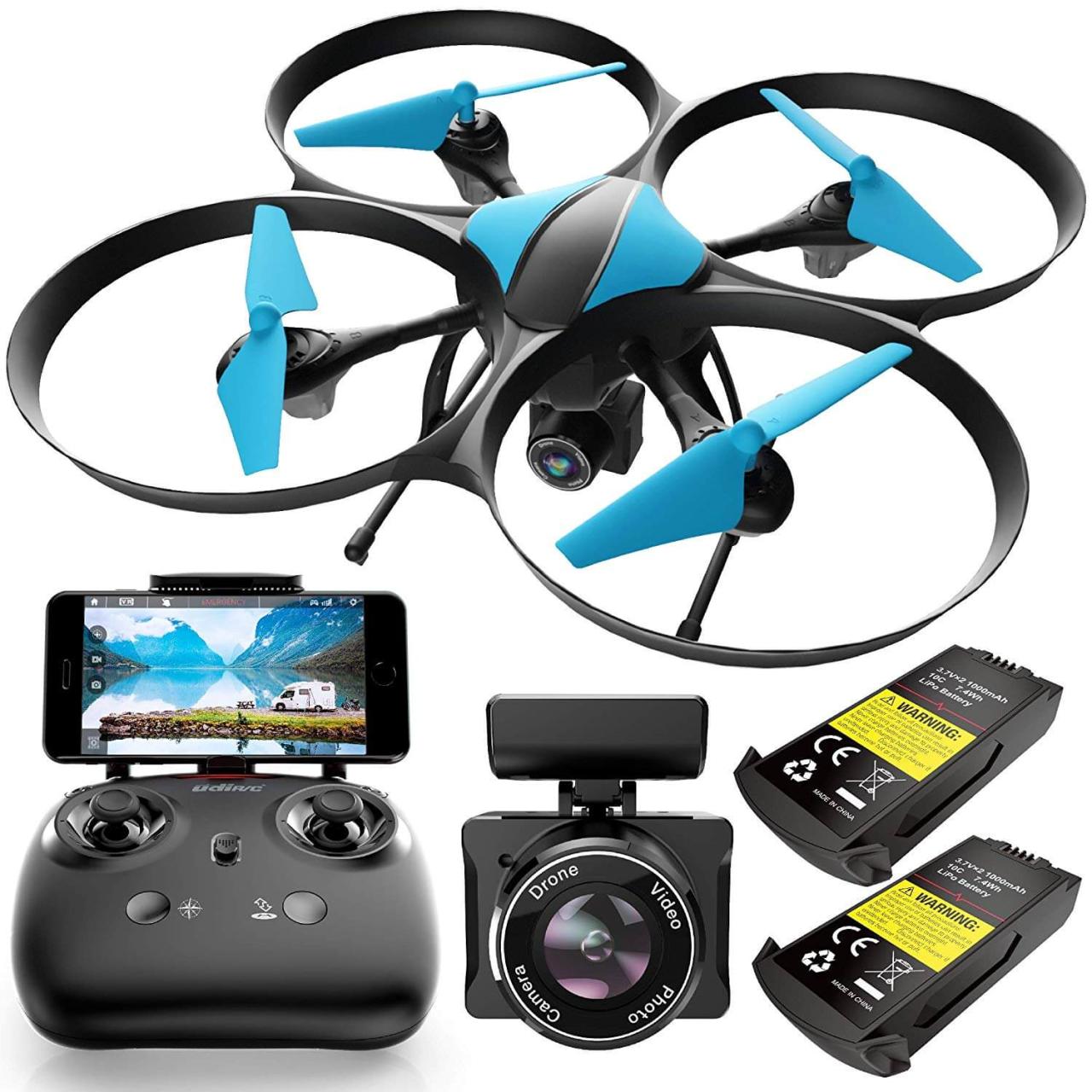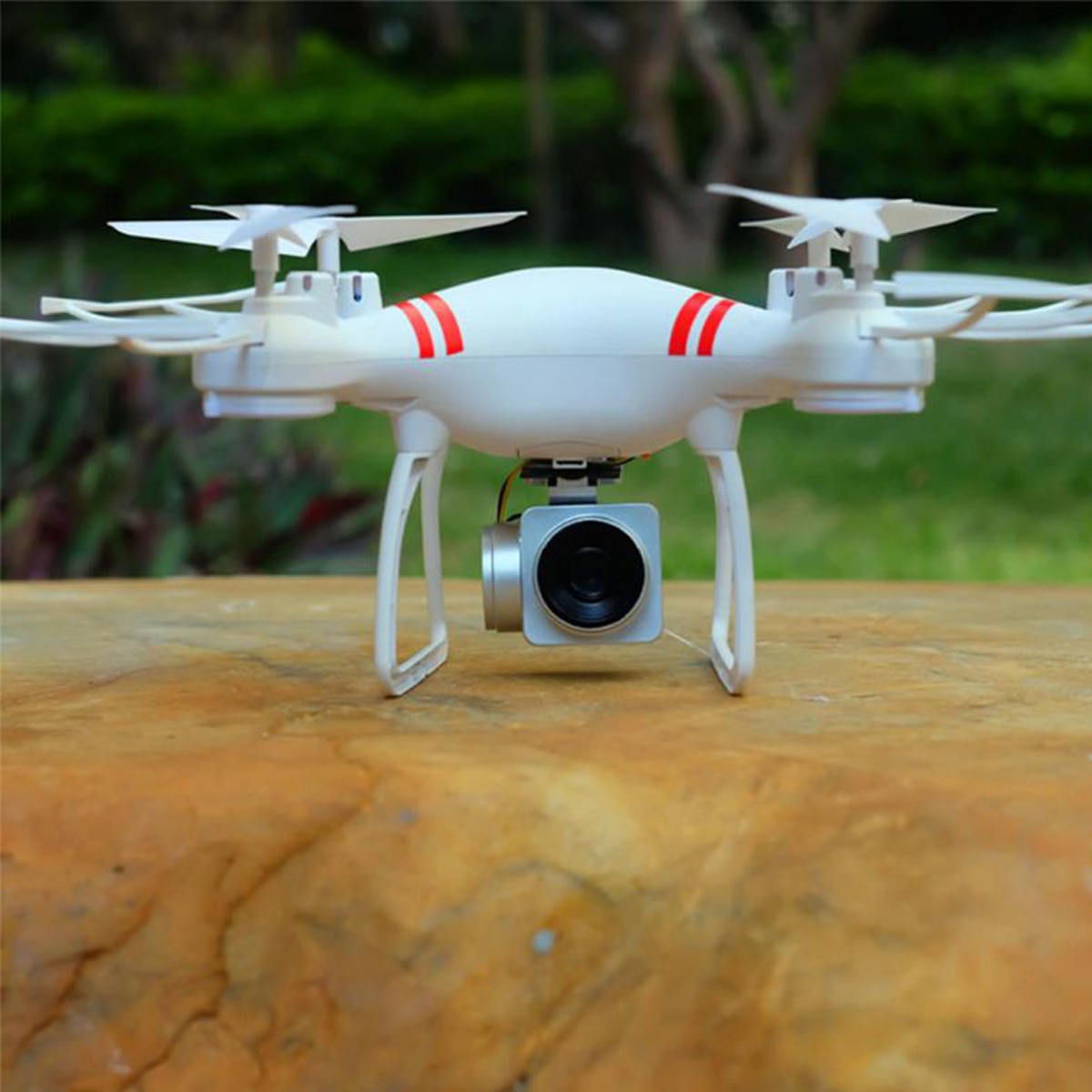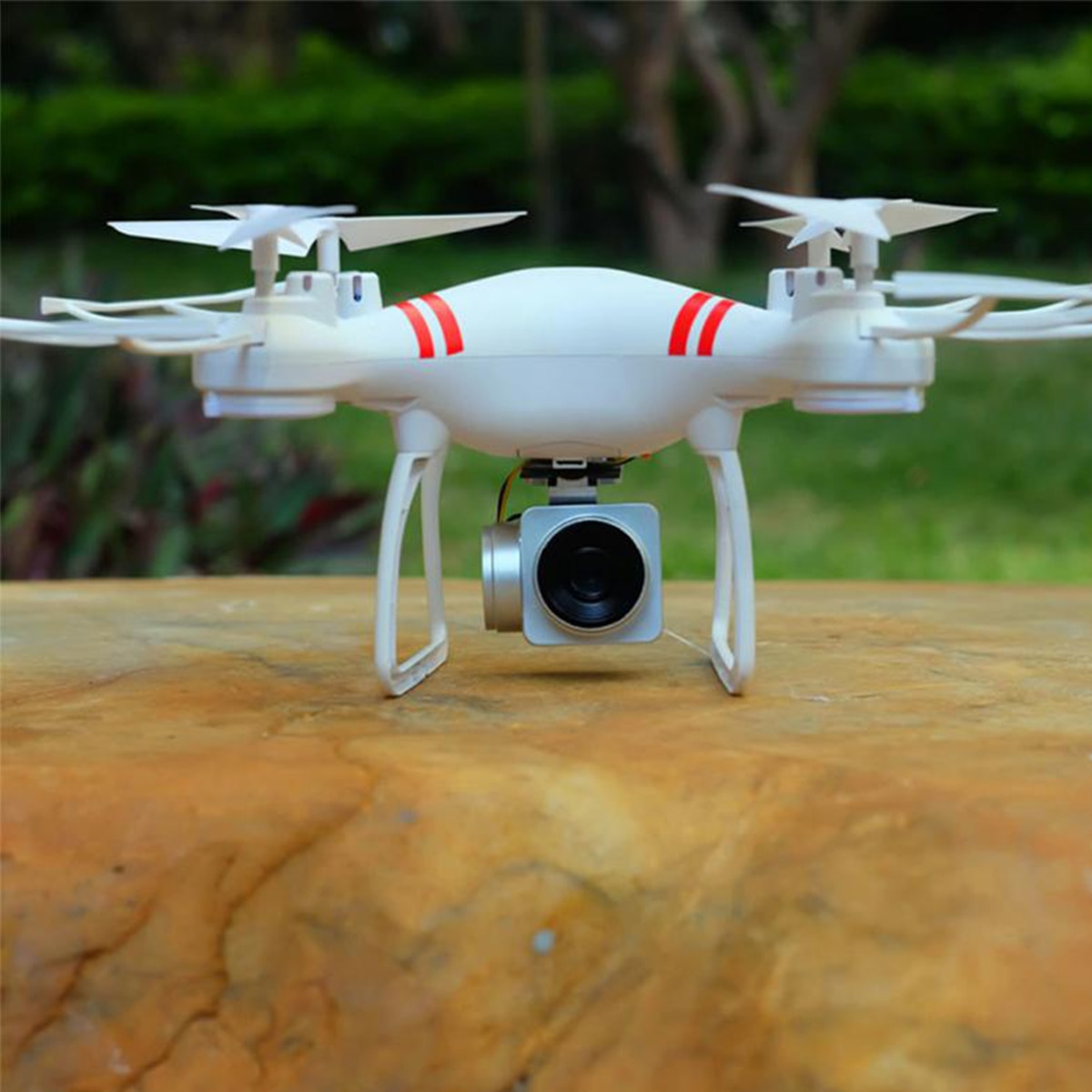Drone with camera technology has revolutionized numerous industries, offering unprecedented perspectives and capabilities. From capturing breathtaking aerial footage for filmmaking to conducting precise agricultural surveys, the versatility of these devices is undeniable. This guide delves into the diverse world of drones equipped with cameras, exploring their various types, features, applications, and the crucial legal and ethical considerations surrounding their use.
We will examine different drone models, comparing their specifications and highlighting their strengths and weaknesses. We’ll also cover essential post-processing techniques to enhance the quality of captured media and provide a step-by-step guide to creating compelling visual narratives. Finally, we’ll help you navigate the process of choosing the right drone to meet your specific needs and budget.
Types of Drones with Cameras
The world of drone cameras is incredibly diverse, offering a range of options to suit various needs and budgets. From compact hobbyist models to sophisticated professional systems, understanding the differences is key to selecting the right tool for the job. This section categorizes drones based on size, features, and intended use, exploring their advantages and disadvantages and delving into the camera technologies employed.
Drone Categories Based on Size, Features, and Use
| Type | Size | Key Features | Typical Use |
|---|---|---|---|
| Hobbyist Drone | Compact, lightweight | Easy to fly, relatively inexpensive, basic camera features (often 1080p video, decent still image quality), GPS stabilization | Recreational flying, casual photography and videography |
| Professional Drone | Mid-sized, more robust build | High-resolution cameras (4K or higher video, superior still image quality), advanced flight features (obstacle avoidance, intelligent flight modes), longer flight times, modular designs (interchangeable lenses) | Professional photography and videography, aerial inspections, surveying |
| Commercial Drone | Variable size, highly specialized | Payload capacity for various sensors and equipment (thermal cameras, LiDAR, etc.), advanced flight control systems, compliance with stringent regulations, durable design for demanding environments | Agriculture, construction, infrastructure inspection, search and rescue, delivery services |
Advantages and Disadvantages of Drone Types
Each drone type presents unique advantages and disadvantages. Hobbyist drones are affordable and easy to use but lack the advanced features and performance of professional or commercial models. Professional drones offer superior image quality and flight capabilities but come with a higher price tag. Commercial drones are highly specialized and may require specialized training and licenses to operate.
Drone Camera Technologies
Drone cameras utilize a variety of technologies to capture high-quality images and videos. Sensor size significantly impacts image quality, with larger sensors generally producing better low-light performance and dynamic range. Resolution determines the detail level, with 4K and higher resolutions becoming increasingly common. Image stabilization is crucial for smooth, shake-free footage, often achieved through electronic image stabilization (EIS) or mechanical gimbal stabilization.
Drone Camera Features and Specifications: Drone With Camera
Understanding the specifications of drone cameras is essential for making informed purchasing decisions. This section compares and contrasts various camera features, presents a table showcasing popular models, and discusses the impact of different lens types on image quality.
Comparison of Camera Features
Key camera features to consider include resolution (measured in megapixels for stills and in K for video), field of view (determining the breadth of the captured scene), zoom capabilities (optical zoom provides superior quality compared to digital zoom), and video recording capabilities (frame rate, bitrate, and codecs).
Specifications of Popular Drone Camera Models
| Model | Resolution (Video/Still) | Field of View | Zoom | Strengths | Weaknesses |
|---|---|---|---|---|---|
| DJI Mavic 3 | 5.1K/20MP | 84° | Optical zoom | Excellent image quality, versatile features | High price |
| DJI Mini 3 Pro | 4K/48MP | 82.1° | No optical zoom | Compact and lightweight, good image quality | Limited flight time |
| Autel EVO II Pro | 8K/48MP | 80° | Optical zoom | High-resolution video, good range | Larger and heavier than some competitors |
| Parrot Anafi USA | 4K/21MP | 110° | 1.4x lossless zoom | Compact, affordable, 180° vertical camera tilt | Shorter flight time compared to some competitors |
| Skydio 2+ | 5.4K/12MP | 140° | Digital zoom | Exceptional autonomous flight capabilities, obstacle avoidance | Relatively high price |
Impact of Different Lens Types
Wide-angle lenses capture a broader field of view, ideal for landscapes and establishing shots. Telephoto lenses provide magnification, useful for capturing details from a distance. The choice of lens significantly impacts the aesthetic and practical application of drone photography and videography.
Applications of Drones with Cameras

Drones equipped with cameras are transforming various industries by enhancing efficiency, safety, and data acquisition. This section explores five diverse applications and provides examples of their practical benefits.
Diverse Applications Across Industries
Drones with cameras are used extensively in real estate (creating virtual tours and property assessments), agriculture (monitoring crop health and precision spraying), filmmaking (capturing stunning aerial footage), search and rescue (locating missing persons and assessing disaster areas), and infrastructure inspection (identifying damage to bridges, power lines, etc.).
Improved Efficiency and Safety, Drone with camera
In real estate, drone photography provides high-quality visuals, saving time and resources compared to traditional methods. In agriculture, drones enable precise monitoring of crop health, leading to optimized resource allocation. In search and rescue, drones can cover vast areas quickly and safely, potentially saving lives. Infrastructure inspections using drones minimize the risks associated with manual inspections at heights.
Case Studies
A real estate company in California used drone footage to sell properties faster and at higher prices by showcasing stunning aerial views. A farming cooperative in Iowa employed drones to monitor crop health, resulting in a 15% increase in yield. A search and rescue team in Colorado utilized drones to locate a lost hiker in a remote area, saving valuable time and potentially preventing a fatality.
A bridge inspection company in New York used drones to identify structural damage, allowing for timely repairs and preventing potential collapses.
Legal and Ethical Considerations

Operating drones with cameras involves legal and ethical responsibilities. Understanding these aspects is crucial for responsible and compliant drone use.
Legal Regulations and Restrictions
Regulations governing drone operation vary significantly across geographical locations. Many countries require drone pilots to register their aircraft and obtain licenses. Restrictions may apply to flight altitudes, airspace limitations, and areas where drone operation is prohibited (e.g., airports, military bases).
Ethical Implications
The use of drones with cameras raises ethical concerns, particularly regarding privacy and data security. It’s crucial to respect individual privacy and obtain consent before capturing images or videos of people or private property. Data security measures should be implemented to protect sensitive information captured by drone cameras.
Best Practices for Responsible Drone Operation
- Register your drone and obtain necessary licenses.
- Always fly within legal limits and respect airspace restrictions.
- Obtain permission before flying over private property.
- Respect individual privacy and avoid capturing images or videos of people without their consent.
- Implement data security measures to protect sensitive information.
- Follow all applicable safety guidelines.
Drone Camera Image and Video Processing
Post-processing is essential for enhancing the quality and visual appeal of drone imagery and video footage. This section describes the process, including software and techniques.
Post-Processing Drone Media
Software such as Adobe Premiere Pro, DaVinci Resolve, and Final Cut Pro are commonly used for editing drone footage. Techniques include color correction (adjusting white balance, contrast, saturation), image stabilization (smoothing out shaky footage), and adding visual effects to enhance the storytelling.
Image Stabilization and Color Correction
Image stabilization software and techniques help smooth out shaky footage, resulting in a more professional and watchable video. Color correction involves adjusting the color balance and contrast to create a visually appealing and consistent look. These techniques are crucial for enhancing the quality of captured media.
Creating a Compelling Visual Narrative

- Plan your shots: Consider the story you want to tell and plan your shots accordingly.
- Capture diverse footage: Use a variety of angles, perspectives, and movements to create visual interest.
- Edit strategically: Cut and sequence your footage to create a smooth and engaging narrative.
- Add music and sound effects: Enhance the emotional impact of your video with appropriate audio.
- Color grade and finalize: Refine the color and overall look of your video to create a polished final product.
Choosing the Right Drone with Camera
Selecting the right drone with a camera depends on individual needs, budget, and intended use. This section provides a decision-making flowchart and factors to consider when purchasing.
Drones equipped with cameras offer incredible versatility, from aerial photography to inspections. However, operating such a device responsibly requires understanding the regulations; before you take to the skies, ensure you obtain the necessary transport canada drone license. This ensures safe and legal operation of your drone with camera, protecting both yourself and others.
Decision-Making Flowchart
A flowchart would visually guide users through a series of questions regarding their needs (budget, intended use, required features) leading them to a suitable drone category (hobbyist, professional, commercial).
Factors to Consider When Purchasing
Key factors include flight time (duration of flight on a single battery charge), range (maximum distance from the controller), battery life, ease of use (user-friendliness of the controls and software), camera specifications (resolution, field of view, zoom), and payload capacity (for carrying additional equipment).
Comparative Analysis of Drone Models
A comparative analysis of three drones within a specific price range (e.g., $1000-$1500) would highlight key features like camera quality, flight time, and ease of use, helping users choose the best option for their specific needs. For instance, comparing the DJI Mini 3 Pro, Autel Nano+, and a similar model from another reputable manufacturer would reveal differences in image quality, portability, and feature sets.
Ultimately, the integration of cameras into drone technology has opened up a world of possibilities across diverse sectors. By understanding the capabilities, limitations, and ethical implications of these devices, we can harness their potential responsibly and ethically while reaping the significant benefits they offer. This guide has provided a framework for navigating this exciting and rapidly evolving field, equipping readers with the knowledge to make informed decisions and contribute to the responsible advancement of drone technology.
Answers to Common Questions
How long does a drone battery typically last?
Drone battery life varies greatly depending on the model and usage. Expect anywhere from 15 to 30 minutes of flight time on a single charge, though some high-end models offer longer durations.
Drone technology with integrated cameras offers exciting possibilities for aerial photography and videography. Companies like archer aviation , known for their advanced aircraft designs, are pushing the boundaries of what’s possible in the air. This innovation influences the development of more sophisticated drone camera systems, leading to higher-quality images and enhanced capabilities for various applications.
What is the range of a typical drone with a camera?
The range also varies considerably, typically from a few hundred meters to several kilometers, depending on the drone’s specifications and signal strength. Factors like interference and regulatory restrictions can also impact range.
What type of storage is used in drone cameras?
Most drones use microSD cards for storing captured images and videos. The capacity of the card needed will depend on the resolution and length of recordings.
Are drone cameras waterproof?
Water resistance varies greatly between models. Some are splash-resistant, while others offer full waterproofing capabilities. Always check the manufacturer’s specifications before operating in wet conditions.
